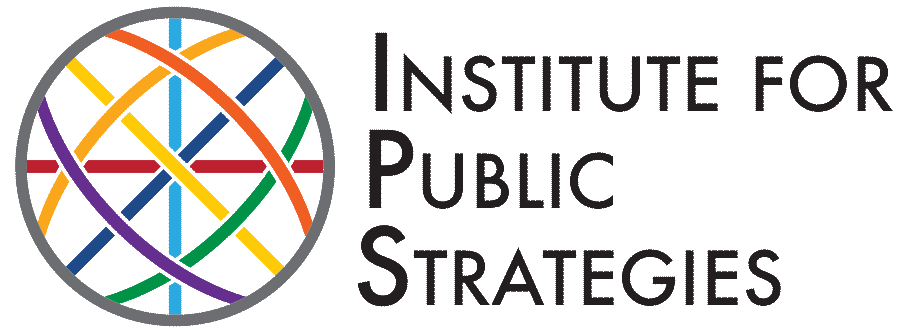This Election Cycle, Vote with Redistricting in Mind
California received a facelift this year in the form of a dramatic new redistricting plan that leaves the state’s political landscape barely recognizable, yet full of opportunities for new representatives to lead their regions. The changes have come at all levels of government, from city councils to Congress. They provide new opportunities for some communities to address neglected public health issues, but may also prevent other communities from strengthening their quality of life.
The politically independent California Citizens Redistricting Commission conducted the state’s redistricting process following the 2020 census data. The commission was tasked with considering census population data, complying with the federal Voting Rights Act to prevent discrimination against minority groups, and incorporating public opinion into the redistricting process. Now, the commission is being scrutinized for its map-drawing processes and potential biases.
The drama behind the scenes is spilling over into public conversations about Congressional and statewide representation as new districts have significantly shifted population density and demographics. For example, California will be losing a Congressional seat for the first time in state history. In a legislative process where every vote counts, losing a seat can shift party lines and tip the power balance dramatically. These reallocations of power may be one of the reasons why 48 members of Congress have decided to not run for reelection. Of the 23 Democrat Representatives not seeking reelection, three are from California.
For other California incumbents whose terms end in 2022, such as State Senator Patricia Bates of District 36 in San Diego, the new district lines could lead to shifting party power and favor new candidates of the previous minority party. Senator Bates’ Republican-leaning District 36 is now being replaced by District 38, which possesses a Democratic majority voter base. This change will require an entire reassessment of the party powers in districts throughout California, as new voter bases demand different priorities from their representatives.
Redistricting has also given more power to historically marginalized communities. The Public Policy Institute of California reported that the new district maps have 16 majority Latinx districts compared to the previous 10. With a population located in low-income communities, leaving them more vulnerable to less healthy environments, having greater representation for marginalized groups at the state legislative level is key in meeting the public health priorities for these communities.
What does this all mean for the future of public health policy in California and our nation as a whole? While redistricting may sometimes feel disruptive to the democratic system, it also has the opportunity to empower diverse groups to influence the health outcomes they want. Local and state government programs and community-based organizations have a responsibility to make a conscious effort to fill in the gaps of support created by redistricting, which has affected vulnerable communities throughout the state.
For example, former Assembly member Lorena Gonzalez recently resigned to become CEO of the California Labor Federation. Her 80th District assembly district was redrawn, which would have put her in competition with Assemblymember Dr. Akilah Weber for the 79th District seat. Her seemingly innocent career transition left community members to deal with problems like air pollution and high ozone levels without the help of their elected representative. Assembly District 80 encompasses the southern region of San Diego County including San Ysidro and Chula Vista, which suffer from air pollution and high ozone levels, leading to adverse health impacts like high asthma rates.
One of the most effective means of creating healthy community change is through the voters themselves. Constituents have significant power to engage in the legislative process by contacting their representatives, working with legislators to address public health issues, and voting for politicians that will address relevant problems in the most vulnerable communities.
While the moving pieces of California’s political landscape take time to fit into their new places, residents can influence what candidates and issues will be the focus of their attention. The power to address harmful environmental factors and public health disparities lie with community members. There is no need to wait for change to happen. We can influence how our communities take shape, by prioritizing the health and well-being of those around us.
# # #
Author:
Maxwell Johnson
Prevention Specialist
Maxwell Johnson is a resident of downtown San Diego and a prevention specialist for the Binge and Underage Drinking Initiative at the Institute for Public Strategies. He graduated from SDSU with a degree in Political Science and Communication.











